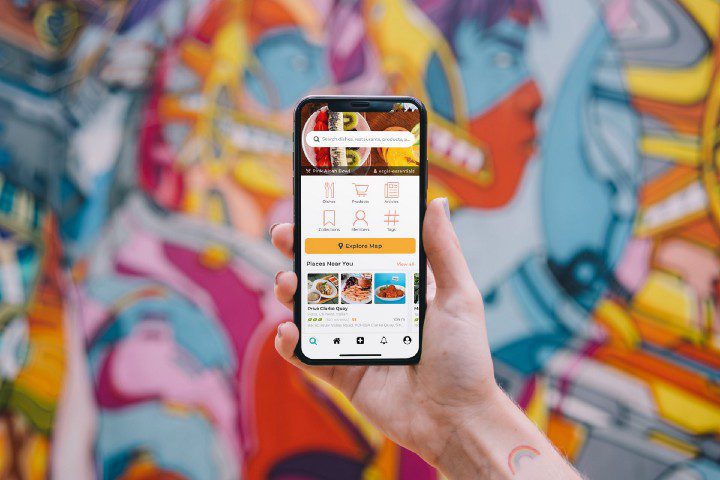How To Build An App Without “Building” An Apps

Building mobile apps can be very expensive and take a longer time.
It can cost thousands, if not hundreds of thousands, of dollars to develop an app only for it to fail to gain traction or even profit. Even if you tried to build an app from scratch by yourself, it still requires time, effort, and knowledge to make it a worthwhile app.
The issue is that we spend too much money on an app before we understand the problem, the solution, or even the customers. Most people build their entire app before they even figure out what problem they’re trying to solve. However, in order to learn about these factors, you must have some sort of application that can receive feedback and be improved.
It’s a classic case of the chicken or the egg paradox. You need an app to learn about the market, but you need to know about the market to build an app.
We need to find the sweet spot, where we put in just enough effort to collect enough data about our customers to allow us to scale.
There’s even a name for this perfect sweet spot, it’s called the Critical Viable Product [1]. It is a technique in which you build a version of a new product that allows the team/person to collect the critical amount of customer data with minimal effort.
But how exactly do we do this?
The Pareto Principle
In the early 1900s, an economist named Vilfredo Pareto discovered that in Italy, 20% of the population owned 80% of the property. In another instance, he discovered that 20% of his plants produced 80% of the fruit. There is even an offset to this principle known as Zipf’s law, which states that 80% of the words we use in common speech in any language come from 20% of that language’s entire vocabulary.
He postulated that this 80/20 rule is a natural law that governs the physical world.
So, let’s apply this to our situation. 20% of the effort(cost, effort, time, etc.) should collect 80% of the value (the customer data).
A Critical Viable Product is the version of a new product that allows a team to collect 80% amount of validated learning about customers with 20% effort.

The Process
So, how do we get that sweet spot of getting 80% of the value from 20% of the effort?
Prioritize.
You must prioritize the independent value of each of your app’s features. The value of such independent features should be the most important ones that can provide you with valuable information about your customers. Most of the time, people discover that all of the fancy UI and extra features are stripped away, effectively lowering their costs.
But what about the prices of the main features? These features continue to take time and money to build and develop, consuming your money, time, and even effort.
How can you minimize these costs?
Integrate.
In this case, integration [2] can be your best friend, as there are hundreds of thousands of APIs available that can be tailored to your specific requirements. Instead of spending money to build an amateur version of your Critical Viable Product (CVP) features, you can get APIs from the best suitable premium apps and integrate those with your product.
We can integrate the existing apps you use or pick the best apps from the market to build a cohesive, simple, yet powerful business process to cater to your custom needs.

For instance, there are various applications like Calendly for scheduling features, SendGrid for Email services, Moodle for Learning management, Quickbooks for Accounting, and so on. We can also integrate the existing apps we already use such as Google, Discord, etc. as a lot of these apps have free APIs already.
Integration can effectively reduce costs and make obtaining 80% of customer data with 20% of the effort much more plausible.
Ask durga@dartexon.com about how you can minimize effort for your company by innovating through integration.